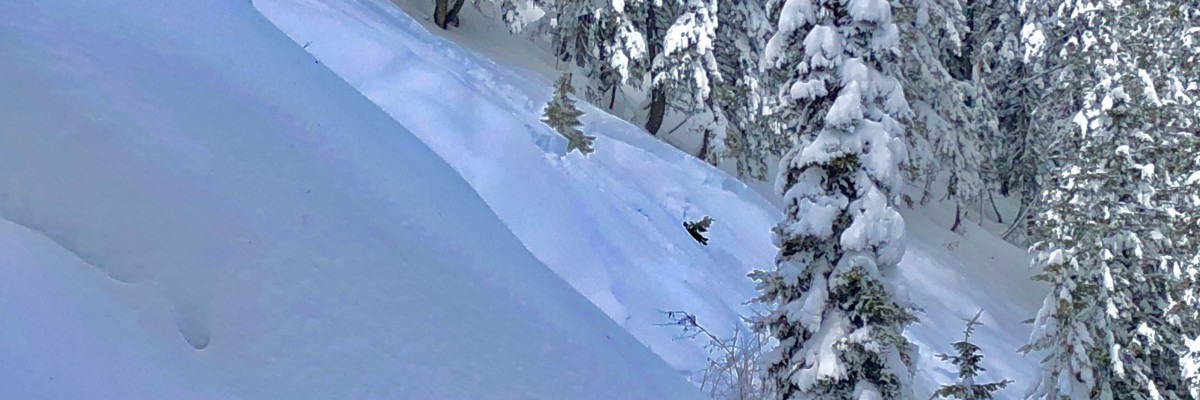The avalanche danger for the West Central Montana backcountry is CONSIDERABLE. Large dangerous avalanches are likely in the mountains today.
Good morning, this is Todd Glew with the West Central Montana Avalanche Center’s avalanche advisory for January 4, 2020. This danger rating does not apply to operating ski areas, expires at midnight tonight, and is the sole responsibility of the U.S. Forest Service.
Weather and Snowpack
We are currently under partly cloudy skies with mountain temperatures in the 20’s and winds gusting into the 40’s out of the south. Over the past 24 hours, we have had strong SW winds, accompanied by a couple of inches of snow in favored locations.
The good news is that it is starting to look like winter in the mountains with skiing and riding conditions greatly improved over the past few days. The bad news is that avalanche conditions are currently hazardous. Numerous human triggered and naturally occurring avalanches have been reported over the past three days, and I would expect the same this weekend. Large dangerous avalanches on slopes above 5500 feet in elevation and over 30 degrees in steepness are likely today.
Our primary avalanche concern is persistent slab avalanches. Since the new year, we have received 2-3 feet of heavy snow that is sitting on top of multiple weak layers. The first is depth hoar sitting near the ground, and the second is a surface hoar, crust, near-surface facet layer buried below 2-3 feet of dense snow. Strong winds and snow are forecasted today, further stressing these weak layers. Getting caught in a persistent weak layer avalanche would be deadly.
Our secondary concern is wind slab avalanches. Winds have been strong since the new year and are forecasted to increase today. Keep an eye out for wind slabs which look like bulbous pillowy features throughout the mountains. The strong winds have also created large cornices, which have the potential to break back further than expected. While on ridge lines give cornices a wide berth, as a falling cornice can trigger wind slab avalanches or persistent slab avalanches.
Bottom line: There is plenty of fun to be had skiing and riding on slopes below 30 degrees. Stay off of and well away from avalanche terrain as avalanches can be remotely triggered. This is a snowpack I do not trust, and getting caught in an avalanche today would be deadly.
Avalanche and Weather Outlook
This morning a cold front is rolling in with WSW winds 30-50 mph and gusts up to 80mph. 2 to 7 inches of snow is expected today. Mountain temperatures will be in the mid 20’s to low 30’s with wind chill values as low as -10 F. The avalanche danger will rise throughout the day with strong winds and more snow. Watch out for red flags such as cracking, collapsing, and recent avalanches.
As always, if you make it out, please, feel free to share what you find on our public observations page.
Ski and ride safe.
























